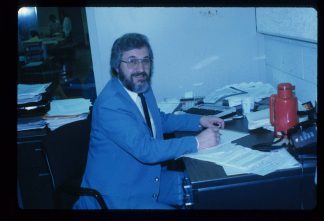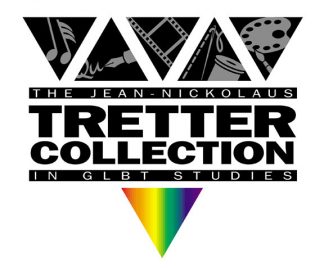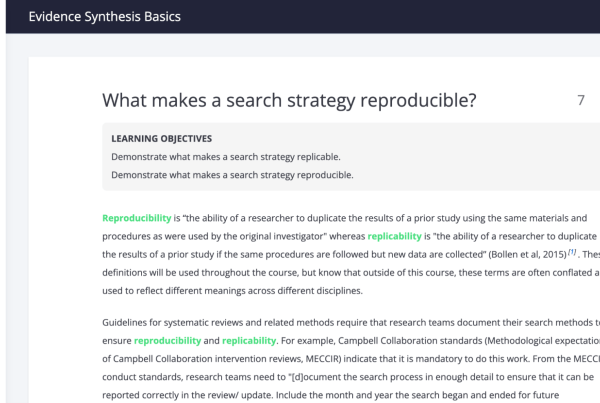By Allison Campbell-Jensen
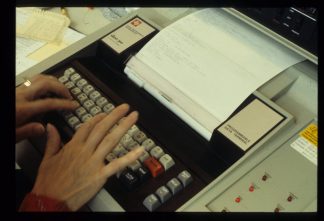
Teletype machines were used to send interlibrary loan requests back and forth between Minitex and participating libraries.
In the beginning, staff used teletype to transmit loan and photocopy requests over phone lines for resource sharing between libraries. It started as a pilot — the Minnesota Interlibrary Teletype Experiment — and became Minitex in 1971. In its early days, staff searched card catalogs and transported books in painted wooden beer cases via Greyhound.
“We were doing things totally by hand,” says Cecelia Boone, who retired in 2014 from a communications position in Minitex. During its first 50 years, this partnership of the Office of Higher Education and the University Libraries has been consistently moving with the times and technology to serve those in Minnesota (and, through contracts, in North and South Dakota). Now Minitex is a sophisticated hub connecting libraries and Minnesotans.
“Minitex really brings the state’s research collections to the people,” says University Librarian Lisa German. The collaboration in our state is like no other, she adds, because it serves all different kinds of libraries — academic, public, and school — across Minnesota.
“As we think about MNtersections, which is part of the MPact 2025 strategic plan of the University, Minitex is a great example of that outreach mission and that land grant mission.”
Serving people
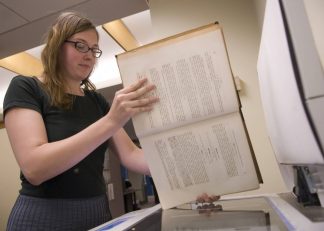
Beth Chekola scanning an article for interlibrary loan that goes out via email to a participating library in the Minitex network. Photo by Jayme Halbritter.
“We have access to resources we otherwise couldn’t afford,” says Jim Trojanowski, Director of the Northwest Regional Library in Thief River Falls. Their library can collaborate with other libraries, including academic and school libraries, through Minitex. He also is chair of the Minitex Policy Advisory Committee. “Especially in an environment like today’s, with the pandemic, it really helps us get resources where students are isolated,” he says.
To arrive as a provider of multiple services, Minitex resources over time became more robust and connected in new ways. Minitex added a Minnesota Union List of Serials very early, compiling titles and issues held in over 200 libraries.
“Minitex wanted to help people find whatever resource they wanted,” Boone says. To better support resource sharing for the region, they became part of OCLC and so gained access to a database of monographs in 1975. North and South Dakota signed on in 1974 and 1978 respectively. In 1989, Minitex’s cooperative purchasing offered libraries discounted prices for supplies and, later, e-resources.
Kathy Drozd, now retired, helped plan the Minnesota Library Access Center, which now stores 1.5 million volumes of important books. She went to meetings at the Capitol and, later, construction meetings. “It was challenging but fun,” she says. MLAC opened in the caverns under Elmer L. Andersen Library in 2000.
A wealth of e-resources for all Minnesotans
In 2005, Minitex took over the management of MNLINK, a discovery and interlibrary loan portal. “The move to user-created interlibrary loan was really significant,” says Becky Ringwelski, former Minitex Associate Director. The users expected navigation to be easy and responses speedy. The next year, they launched what became eLibrary Minnesota, making newspapers, magazines, databases, and more available.
“We were the first state to get statewide databases,” Drozd says. “If you were in International Falls, you had access to probably the richest database collection in the country,” says Valerie Horton, former Minitex Director. In 2008, the 24/7 reference service AskMN was inaugurated.
In 2014, Minitex officially took on responsibility for the Minnesota Digital Library. “It gives more people options to put their treasures online,” Drozd says. Horton notes that she once talked with a state worker seeking old wells to make sure they were safely capped. He had struggled until, through the Minnesota Digital Library, he found plat maps that led him to abandoned wells throughout the state. “These allowed him to do his job in a way that was much more cost-effective for taxpayers,” Horton says.
“We have access to resources we otherwise couldn’t afford,” because of Minitex.
—Jim Trojanowski,
Director of the Northwest Regional Library in Thief River Falls
Minitex began Ebooks Minnesota, a collection on a variety of topics available to anyone in Minnesota, in 2016. And in 2017, they launched a new experiment, the Minnesota Libraries Publishing Project.
Those who know how much Minitex does are very enthusiastic about it. “It sometimes got overwhelming,” Horton says, “how positive the reaction to Minitex is.”
It has benefited from strong leadership. Alice Wilcox was the founding director, who was responsible for its initial success and development. Prior to Horton’s nearly seven years on the job, Bill DeJohn was Director of Minitex for 27 years. “He was a great leader,” Ringwelski says. “He was always willing to try something new and he always encouraged us to push ourselves to do something better, to be creative, to try new things that served the state well.”
Although German has been with the Libraries only for a year, she has heard of DeJohn. “There’s so much to learn from him and his dedication and his vision.” Boone says he encouraged staff to know what issues libraries were facing and to provide solutions.
Looking ahead
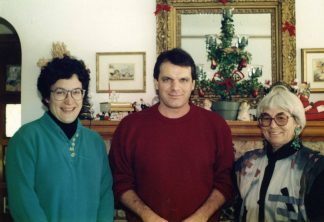
From left: Kathy Drozd (Minitex Delivery), Dave Paulson (Minitex Resource Sharing), and Alice Wilcox (Minitex Director, 1969-1983).
That eagerness to serve continues at Minitex. Maggie Snow, who became Director last year, was attracted to the position because of the excellent customer service of Minitex staff.
“I have been working in Minnesota libraries since 2001 and Minitex staff have always been there, very supportive and ready to respond to community needs,” she says. “It was an opportunity to work with a great group of folks.”
Drozd says: “I felt privileged to work there. You’re serving the public and upbeat about serving the public, which made it a great place to work.”
In direct response to library staff asking for help, Snow notes, Minitex recently launched a year-long series of workshops and conversations around media literacy. They will be leading explorations of what media literacy means for libraries, teachers, students, and communities. It’s part of a strong program of professional development for teachers and librarians. And Minitex will work with community partners to figure out what’s on the horizon.
As German considers the future of Minitex, she thinks collaboration will be more important than ever. “As sharing of print resources continues to decrease and funding gets tight, it makes so much sense to have an organization that can license materials for everyone in the state,” she says.
There’s a growth opportunity with the Minnesota Digital Library, Snow says, which digitizes and makes available materials from about 200 cultural organizations in the state. “There’s more to do to make accessible those resources about the rich history of Minnesota,” she says.
The state of Minnesota has a goal that 70% of adults will have a higher education degree by 2025, German says. “Having access to library resources, people, and technology through Minitex can help us reach that goal.”


